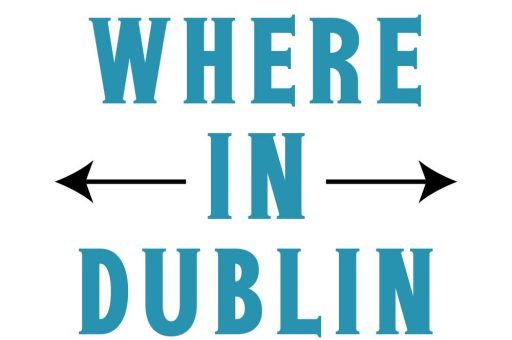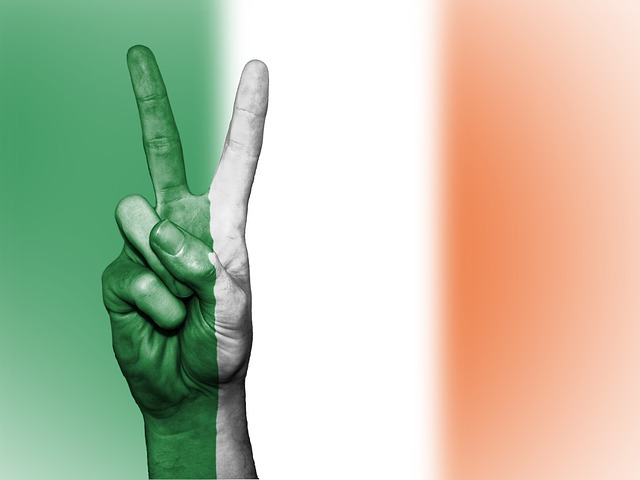Ireland is a country that captures hearts with its rolling green hills, ancient castles, and vibrant culture. Whether it’s your first visit or you’ve been before, Ireland always has something new to discover. From my own personal experience, the magic of Ireland isn’t just in its landscapes, but in the warmth of its people, the music, and the stories around every corner. Let’s jump into everything to know before planning your Irish adventure.
Why Visit Ireland?
Ireland offers a mix of history, nature, and culture that’s hard to find anywhere else. From charming villages to bustling cities, there’s a place for every type of traveler. Ireland is perfect for those who love outdoor adventures, cultural exploration, or just relaxing in cozy pubs with traditional music.
Ireland is also easy to explore, whether by car, train, or bus. The country’s compact size means you can cover multiple regions in one trip, yet each place feels unique.
Best Time to Visit Ireland
Weather in Ireland is famously unpredictable. While it rarely sees extremes, it can rain at any time of year. Generally:
Spring (March to May): Ideal for seeing blooming flowers, less crowded towns, and mild weather.
Summer (June to August): Warmest season, perfect for festivals and long days.
Autumn (September to November): Beautiful fall colors, quieter tourist spots, and harvest festivals.
Winter (December to February): Cool and wet, but a magical time for cozy stays in countryside cottages.
From my own personal experience, visiting in late spring offers the perfect balance of decent weather and fewer tourists.
Top Cities to Explore
Dublin: The Heart of Ireland
Dublin is full of history, music, and vibrant street life. Must-visits include:
Trinity College and the Book of Kells: An ancient manuscript that’s awe-inspiring.
Guinness Storehouse: Learn about Ireland’s most famous beer while enjoying panoramic city views.
Temple Bar: Bustling nightlife district with live music and local pubs.
Walking around Dublin gives a sense of how history and modern life blend seamlessly in Ireland.
Galway: Arts and Culture by the Sea
Galway is smaller and more laid-back than Dublin, but it’s a hotspot for arts and culture. Highlights include:
Galway Cathedral: Stunning architecture and peaceful surroundings.
Latin Quarter: Narrow streets with art shops, cafés, and street performers.
Claddagh Ring Museum: Discover the history of the iconic Irish ring.
Galway is also known for its festivals, like the Galway International Arts Festival, which makes any visit lively and fun.
Cork: Food, Music, and Coastal Views
Cork is an underrated gem. It’s known for its food markets, riverside walks, and live music. Don’t miss:
English Market: Fresh local produce and unique delicacies.
St. Fin Barre’s Cathedral: Beautiful Gothic architecture.
Cobh: Nearby coastal town famous for Titanic history.
Cork has a more relaxed pace, making it perfect for slow travel and local experiences.
Must-See Natural Wonders
Ireland is famous for its landscapes. Some spots are absolutely unforgettable:
Cliffs of Moher
These cliffs are one of Ireland’s most iconic sights. The views of the Atlantic Ocean are breathtaking, especially at sunset. From my own personal experience, early morning is the best time to avoid crowds and enjoy the peaceful surroundings.
Ring of Kerry
This scenic drive takes you through mountains, lakes, and charming villages. Highlights include:
Killarney National Park
Muckross House and Gardens
Skellig Michael (a historic island monastery)
Driving the Ring of Kerry gives a sense of Ireland’s varied landscapes in just a day.
Giant’s Causeway
Located in Northern Ireland, this UNESCO World Heritage Site features unique hexagonal basalt columns. It’s both a geological wonder and a place steeped in myth, perfect for photography lovers.
Castles and Historical Sites
Ireland is full of castles, many of which are open to visitors. A few must-sees:
Blarney Castle: Kiss the Blarney Stone to gain the gift of eloquence.
Dublin Castle: Explore centuries of history right in the city center.
Ashford Castle: Luxury stays in a historic castle setting.
From my own personal experience, visiting a castle in the late afternoon, when the sunlight hits the stone walls, creates an unforgettable photo opportunity.
Food and Drink in Ireland
Irish cuisine has more to offer than stews and potatoes. Must-try items include:
Irish Breakfast: Eggs, bacon, sausages, black pudding, and soda bread.
Seafood Chowder: Creamy, hearty, and fresh from local catches.
Craft Beers and Whiskey: Ireland has a growing craft beer scene and world-famous whiskey distilleries.
Visiting pubs is also part of the Irish experience. Live music and friendly locals make every evening memorable.
Tips for Travelers
Rent a car: It gives freedom to explore remote areas.
Pack layers: Weather changes quickly, so be prepared.
Book accommodations early: Especially in summer or during festivals.
Talk to locals: Irish people are friendly and love sharing stories about their towns.
Festivals and Events
Ireland hosts events year-round. Some highlights:
St. Patrick’s Day (March 17): Parades, music, and celebrations across the country.
Galway Arts Festival: Creativity and performance everywhere in Galway.
Dublin International Film Festival: For film lovers looking for cultural experiences.
Experiencing a festival offers a deeper connection to Irish life and traditions.
Day Trips and Hidden Gems
Ireland has plenty of off-the-beaten-path destinations:
Connemara: Rugged landscapes, quiet villages, and serene beaches.
Skellig Islands: Remote islands with fascinating history and wildlife.
Dingle Peninsula: Charming coastal towns and beautiful drives.
These places often provide the most authentic experiences, away from tourist crowds.
Packing Essentials
When visiting Ireland, packing smart is key:
Waterproof jacket and shoes
Comfortable walking shoes
Layered clothing for changing weather
Travel adapter for electronics
Camera for capturing scenic views
From my own personal experience, waterproof shoes and layers make exploring Ireland much more comfortable.
Conclusion
Visiting Ireland is an unforgettable adventure. The combination of history, nature, culture, and friendly locals creates a magical experience. Planning carefully ensures every moment counts, from city streets to remote cliffs. Whether it’s your first visit or a return trip, Ireland always leaves you wanting more.


